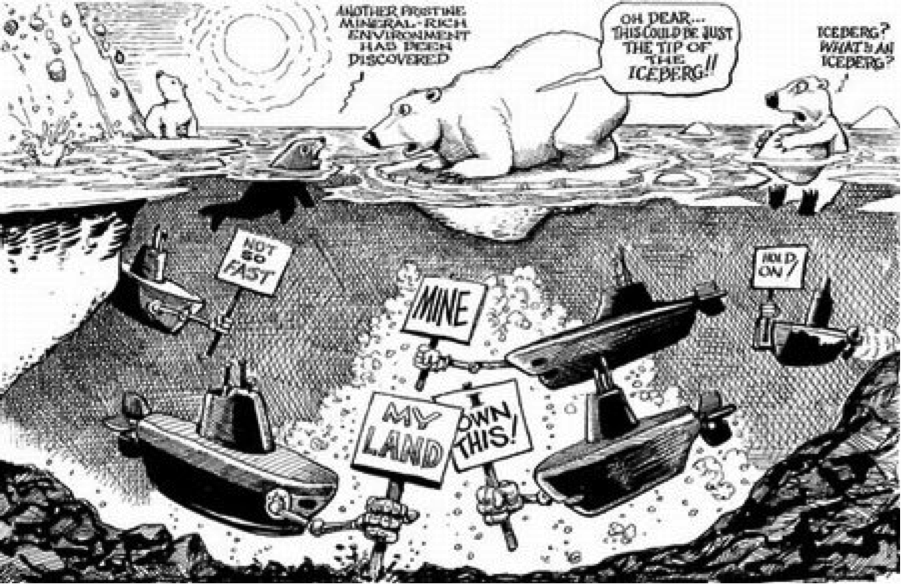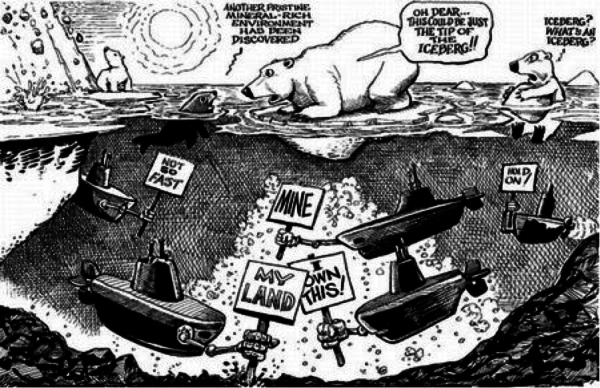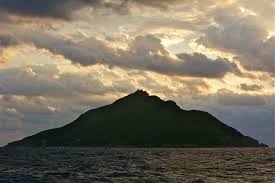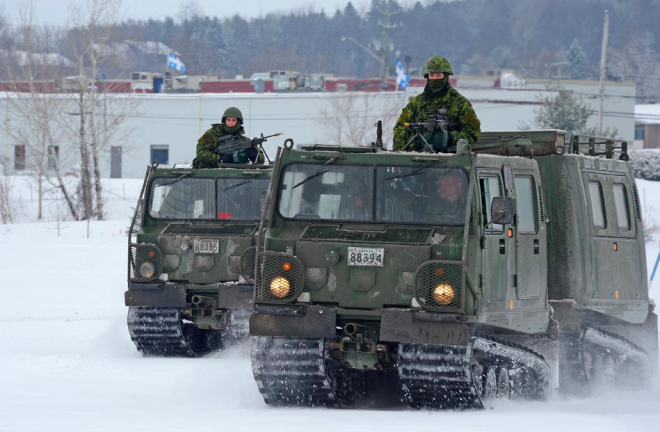The arctic has experienced a vast number of changes, with climate change in particular, drastically impacting the area and increasing the circumpolar region’s value within the international realm. Since the 1980s, temperatures in the Arctic have increased at twice the global average, and due to the interacting forces of climate change and greater human activity, profound transformations in the North have had a profound effect on the physical environment, while creating new opportunities for maritime transportation, tourism, and the exploitation of natural resources. All of which are creating implications for indigenous peoples’ well-being and way of life.
The Impact of Climate Change on the Arctic
Global warming in the Arctic region is largely impacted by anthropogenic climate change that is caused by greenhouse gases accumulating in the atmosphere.Data gathered indicates that the total volume of Arctic ice has diminished by almost half since 2004. AndScientists at the U.S. National Oceanic and Atmospheric Administration released a study that predicted the Arctic would be ice-free in summer by 2050. This has many grave implications for the arctic environment. Not only does it impact the biological diversity of the north by affecting everything from vegetation to terrestrial and marine animals, but the melting permafrost and ice also threatens the release of dangerous carbon and methane emissions into the atmosphere, which in the end, only create cycles that perpetuate the speed of global warming by promoting conditions that foster the absorption of the suns rays.
Another key contributor to climate change is the increase of human activity. With the ice cover receding, traffic on the Northwest Passage will increase, while fishing, tourism, and natural resource development will likely expand. These mounting human activities not only increase pollution in the area, but they pose a risk for environmental disasters which are more damaging in the northern region. For example, if an oil spill occurs in the Arctic the low temperatures and oil will break down very slowly, thus having adverse effects for plant and animal life in the region.
The Impact of Climate Change on Indigenous Peoples
Almost four million people reside in the Arctic, with indigenous peoples comprising roughly 10 percent of the population, and representing more than 50 percent of the Artic populations in Canada and Greenland. As such, changes in the environment need to be considered in order to ensure their well-being. Many indigenous peoples rely on the land and on the sea for their daily food intake. Their ability to hunt, fish and or gather food is important to their survival and cultural values. Yet, as the ice becomes unpredictable and the traffic increases on arctic waters, access to traditional hunting areas is not possible, thus impacting their livelihood, well-being, and traditional culture.
Moreover, changes in the environment also impact many indigenous groups’ human rights. The United Nations Declaration on the Rights of Indigenous Peoples states that indigenous peoples have the right to retain their traditional economy and subsistence. As such, the careful management and protection of the Arctic environment is key to ensuring such rights. For example, the Inuit Circumpolar Conference – Greenland (ICC) acknowledges the tension between development and preservation. They recognize the benefit resource development can have on their social-economic environment; yet, the ICC expresses that their group must be wary of such development, as it will infringe on Inuit culture. Therefore, development can only operate within ethical conditions and with indigenous groups’ support.
Climate Change and International Governance
The Arctic Council is a consensus-based organization that brings together Arctic states, permanent participants, and observers who work together to promote the environmental, social and economic aspects of sustainable development in the Arctic region. The council, however, is premised upon soft law; therefore, individual nations can choose whether or not they want to follow recommendations – thus, limiting the power of the council to enforce meaningful change. Michael Byers, Professor at the University of British Columbia and Canada Research Chair in Global Politics and International Law, argues in his book, Who Owns the Arctic? that “the range of interests engaged by our changing Arctic makes it difficult for governments to agree on safeguards, [and that] [m]andatory controls are more likely to come through national legislation.”
Therefore, as climate change keeps progressing, the Arctic nations need to be careful about turning such changes into a commodity. In the article “Choosing Not to See: Canada, Climate Change and the Arctic,” Heather Smith argues that not only does the focus on economic discourse impact the choices made regarding the environment, they also minimize the gravity of climate change effects, and deflect attention away from issues concerning indigenous communities. Therefore, Arctic nations need to emphasize the environment as a key pillar of its northern policy. For Canada, this is not yet a reality, and as a result, its insistence on promoting sovereignty undermines the need for more stringent environmental protection, which will help support indigenous communities.





